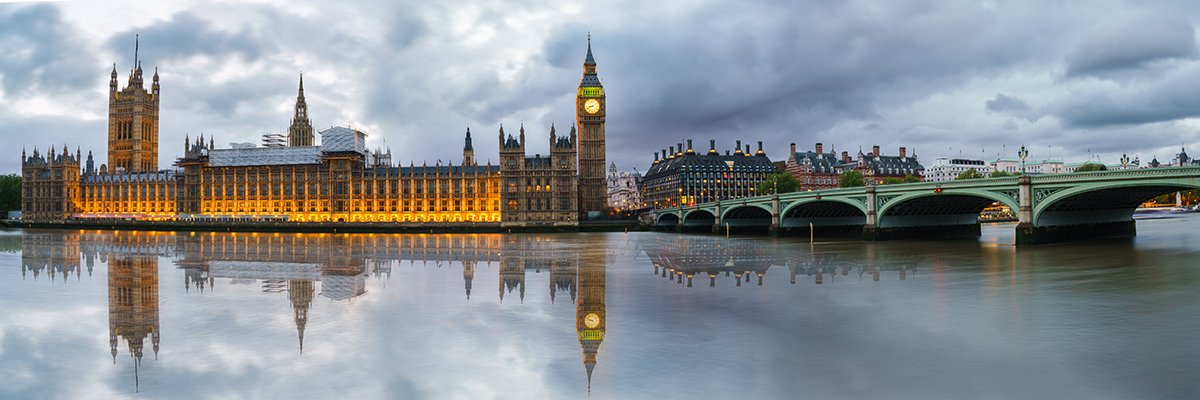The Government Office for Science has published a report on the future of the subsurface, highlighting the lack of data as a key challenge. The report looks at the current and future potential use of the subsurface, which consists of everything below the land or sea surface.
It also holds key infrastructure such as tunnels, pipes and fibre cables, but there is currently a lack of accessible data, which makes it difficult to build and maintain subsurface assets.
The use of the subsurface is not “comprehensively coordinated”, according to the report, and is often used on a first-come, first-served basis, particularly in big cities. There is also no comprehensive dataset on existing uses. While data on the subsurface exists, it is difficult to collect “as it is opaque to most sensors”, the report said.
When data is collected, this often happens in silos, and “often have accessibility or quality issues. Datasets have either good geographical coverage or good coverage of different subsurface features, but rarely both.”
“The subsurface is a space, much the same as the above ground, of which the use needs to be monitored, planned and managed. But the data, technologies and policy tools needed for this lag behind those available for the surface,” the report said.
The Geospatial Commission is currently developing the National Underground Asset Register (NUAR), a digital map of underground pipes and cables. The map is now live across some areas of the UK and will be operational by 2025. However, access to the map is limited, and companies are only granted access in particular use cases.
Tech as an enabler
It added that the introduction of new technologies such as quantum sensors, artificial intelligence (AI) and robotics would make it easier and cheaper to maintain, measure, excavate and tunnel the subsurface. However, this would potentially require both changes in regulations and new policy, according to the report.
“New technology offers potential solutions, but policy-makers will need to be proactive to ensure the UK benefits from these changes. New technologies that make it easier and cheaper to measure, monitor, excavate, tunnel and maintain the subsurface are on the horizon, but may need new policy or regulation to enable their widespread use,” the report said. “Measures to promote wider adoption of existing technology should be considered alongside supporting new technological developments.”
Some technologies, such as AI and digital twins, are already being used, although not widely. The report said that as the use of AI grows in general, this is likely to be the case in subsurface exploration and management as well.
“As AI continues to advance, its integration into geophysical exploration techniques is also likely to become more widespread. Applications include more accurate subsurface imaging and analysis, seismic data processing, analysis of gravity and magnetic data, and improving the accuracy of subsurface model,” the report said.
However, it added that there is a lack of data science skills within subsurface sectors that needs to be addressed. There is also uncertainty about what future AI models will be capable of, who will own them, and their safety, which could pose a risk to security.
The report cites the potential use of quantum sensors as significant, as traditional sensors can only provide useful information to a limited depth, while quantum sensors do not have this issue.
“They manipulate the quantum properties of atoms to measure minute variations in gravitational fields, a technique that can reveal the contours and properties of subterranean areas, including underground voids,” the report said.
“Quantum sensors have significant potential for use across a wide range of applications below and above ground. They have the potential to replace GPS in future, as they do not require satellite signals, which can be vulnerable to hacking.”
However, quantum technology is still new and requires further development, and the demand and competition for skills are high.
Commenting on the report, UK government chief scientific adviser, Angela McLean, said: “[The report] highlights the crucial role of the subsurface in the UK’s future, demonstrating that the choices we make today in subsurface management can profoundly shape our tomorrow.”

